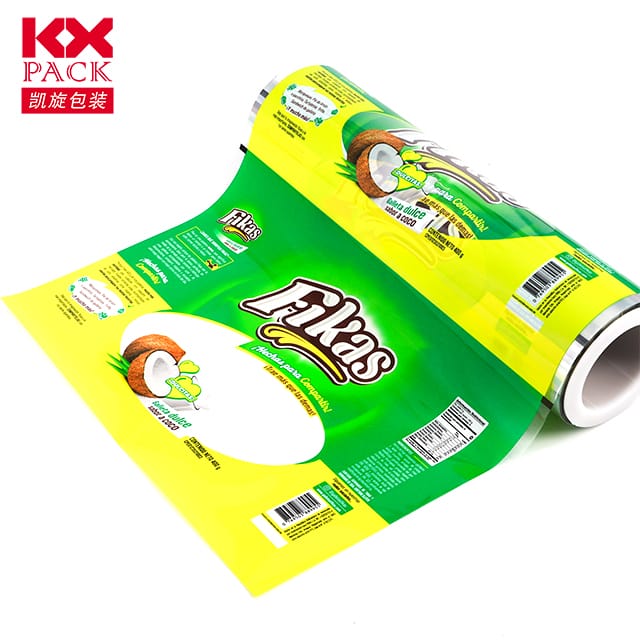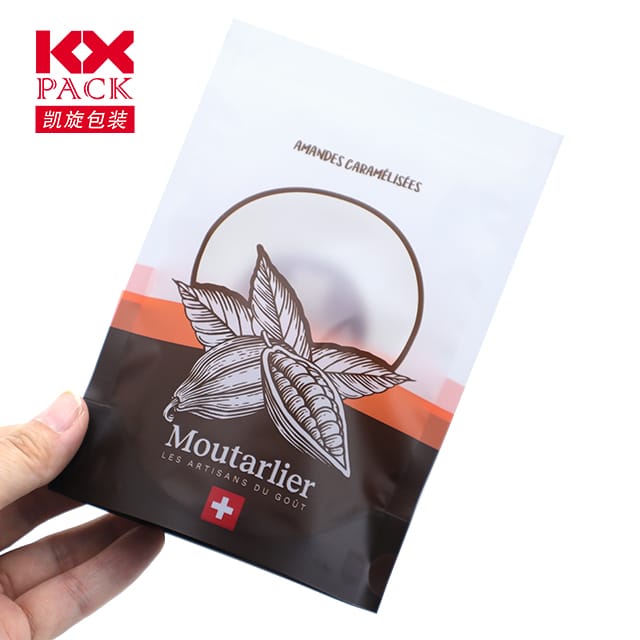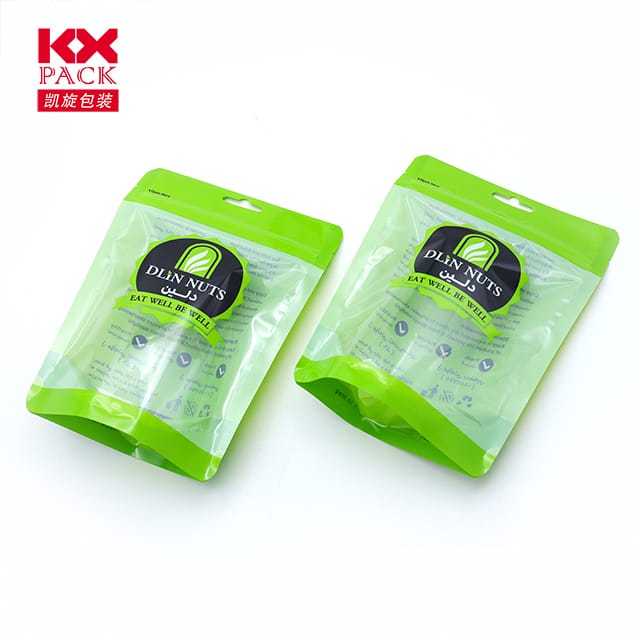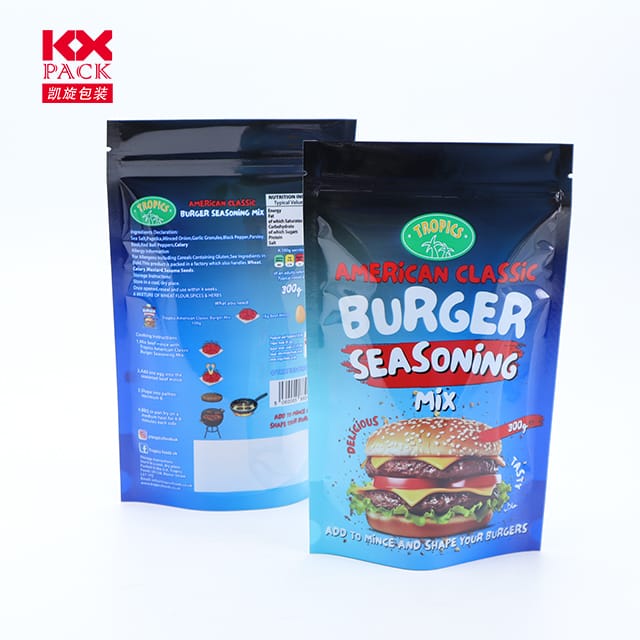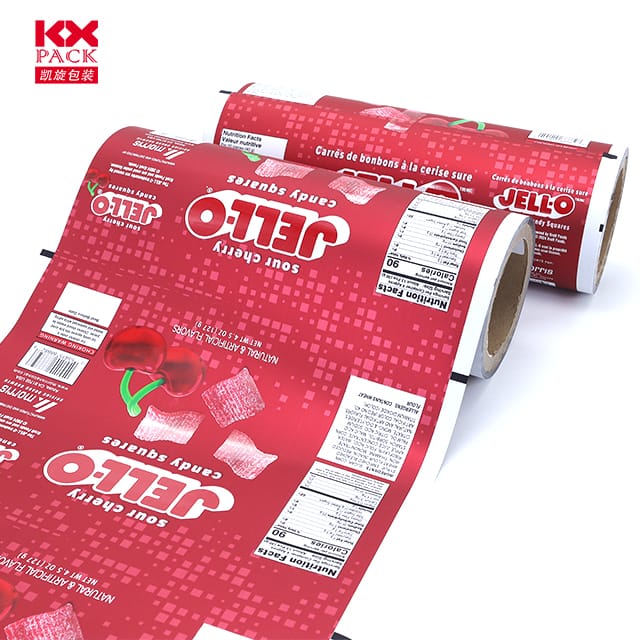플라스틱 필름 포장의 역할과 진화: 기능 및 지속 가능성의 균형
Plastic Film Packaging
Plastic film packaging has long been a cornerstone of modern consumer goods, 음식, 산업 분야. 다목적 성, 비용 효율성, 그리고 제품 신선도를 보존하는 능력은 필수 불가능하게 만들었습니다.. 하지만, 환경 문제로 인해 마운트, 제조업체와 소비자 모두 역할을 재평가하고 있습니다. 플라스틱 필름 포장의 역학을 살펴 보겠습니다, 그것의 도전, and its sustainable future.
Why Plastic Film Packaging Dominates the Market
Plastic films, 폴리에틸렌 포함 (체육), 폴리 프로필렌 (PP), and polyvinyl chloride (PVC), are favored for several reasons:
- Protection and Preservation: These films act as barriers against moisture, 산소, 그리고 오염 물질, extending the shelf life of perishable goods like food, 의약품, 그리고 전자 장치.
- Lightweight and Flexible: Their malleability allows for custom shapes and sizes, reducing material waste and shipping costs.
- 비용 효율성: Compared to alternatives like glass or metal, plastic films are cheaper to produce and transport, making them ideal for mass-market products.
- Transparency and Printability: Clear films showcase products, while printed designs enhance branding and consumer appeal.
Environmental Challenges and Industry Responses
장점에도 불구하고, plastic film packaging faces severe criticism due to its environmental impact:
- Single-Use Waste: A significant portion of plastic films ends up in landfills or oceans, contributing to pollution and harming wildlife.
- Recycling Hurdles: Many plastic films are difficult to recycle due to contamination, mixed materials, or lack of infrastructure.
In response, the industry is pivoting towardsustainable alternatives:
- 생분해 성 및 퇴비 필름: Innovations include plant-based polymers (예를 들어, PLA from corn starch) and oxo-biodegradable additives that accelerate breakdown in natural environments.
- 재활용 콘텐츠: Manufacturers are incorporating post-consumer recycled (PCR) materials into films, reducing reliance on virgin plastics.
- Reusable Packaging Systems: Brands are experimenting with refillable containers and return-and-reuse models to minimize single-use waste.
- Advanced Recycling Technologies: Chemical recycling methods, such as pyrolysis, are being explored to transform mixed plastics into reusable raw materials.
Industry Trends Shaping the Future
- 규제 압력: Governments worldwide are imposing stricter rules on plastic use. 예를 들어, the EU’s Single-Use Plastics Directive bans certain non-recyclable items, pushing companies to innovate.
- Consumer Demand for Eco-Friendly Options: Surveys show that 70% of consumers are willing to pay more for sustainable packaging, driving brands to adopt greener solutions.
- Circular Economy Initiatives: Leading companies are investing in closed-loop systems where packaging is collected, recycled, and repurposed endlessly.
- 기술 발전:
- Barrier Coatings: Nanotechnology-enhanced films improve oxygen and moisture resistance, reducing the need for thick, multi-layer packaging.
- 식용 영화: Made from seaweed or starch, these biodegradable coatings are gaining traction in the food industry.
Case Study: Success in Sustainable Packaging
Take고리, a global reusable packaging platform partnering with brands like Unilever and Nestlé. Customers receive products in durable, reusable containers, which are collected, cleaned, and refilled. This model reduces plastic waste by up to 90% compared to single-use packaging.
비슷하게, Apeel Sciences has developed an edible, plant-based coating that extends the shelf life of fruits and vegetables, reducing the need for plastic wraps.
앞으로의 길: Collaboration and Innovation
Achieving a sustainable future for plastic film packaging requires collective effort:
- Industry Collaboration: 제조업체, 소매 업체, and recyclers must work together to standardize recycling processes and invest in infrastructure.
- 소비자 교육: Raising awareness about proper disposal and recycling habits is critical.
- 정책 지원: Governments should incentivize sustainable practices through tax breaks or grants for R&디.
결론
Plastic film packaging is at a crossroads. While its functionality remains unmatched, the industry must prioritize sustainability to survive. 생분해 성 물질을 수용함으로써, circular economy models, and innovative technologies, manufacturers can reduce their environmental footprint without compromising quality or cost-efficiency.
The question is no longerwhether to use plastic film packaging, buthow to use it responsibly. The future belongs to those who balance innovation with eco-consciousness.
What steps do you think brands should take to make plastic film packaging more sustainable? 의견에서 논의합시다! 🌍📦
키워드: plastic film packaging, 지속 가능성, 생분해성, circular economy, recycling, 혁신.

